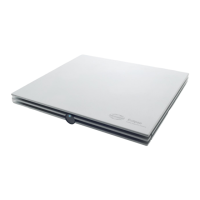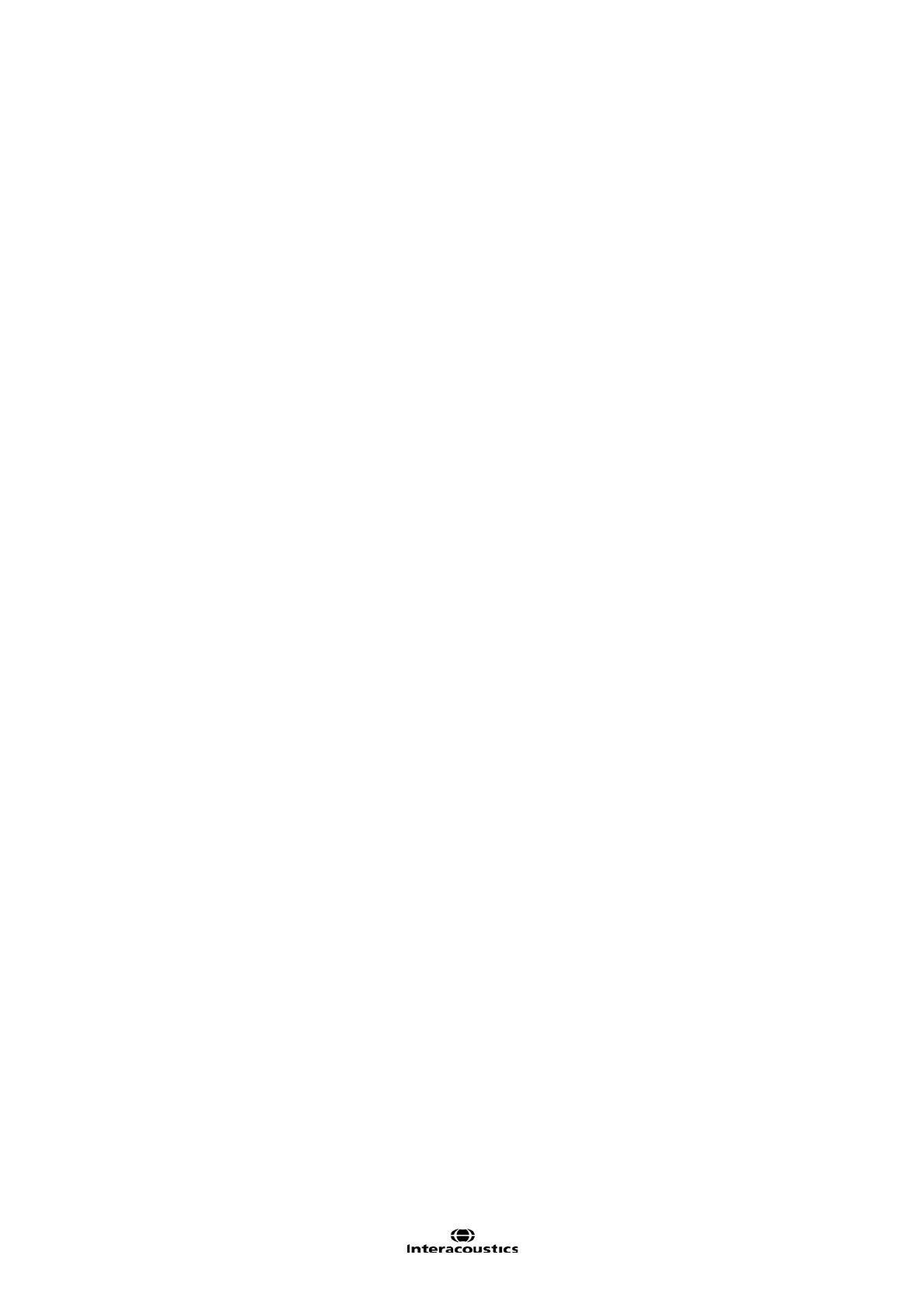Eclipse Additional Information Page 213
Q: I get a printout from a historical session that looks different – why?
A: The printout of a historical session depends on the Auto Test Protocol selected when you press Print.
This way you can get different print outs depending on your Auto Test Protocol. Some users actually
make Auto Test Protocols specifically designed just to make different contents and lay outs of the print
out available. E.g. a simple one carrying just the estimated audiogram and another one carrying all
kinds of detailed information.
Q: I am getting results that are quite different from the patient’s psychoacoustic audiogram.
A: An ASSR system can typically not detect a response as low as the patient can psychoacoustically
hear it– as stated in a typical audiogram. This is normal and is also true for traditional ABR systems.
However, there are a number of factors that are very important in obtaining good ASSR results with
any kind of ASSR product. Optimum results require the same care as it does for best practice tradi-
tional ABR testing, including at least:
Patient must be very relaxed – asleep or even sedated typically with 20µV EEG or less (90Hz stim-
ulus rate).
Electrode impedances must be low and reasonable balanced between electrodes. 0.5kΩ imped-
ance for all electrodes is often possible.
High quality ground connection by the mains plug is an absolute must.
No electromagnetic interference from other electrical installations must be present (see separate -
20notes concerning this issue)
Note that patients with normal hearing may have ASSR results that typically deviate considerably
more from their psychoacoustic threshold audiograms than patients with hearing loss.
The stimulus rate (40Hz or 90Hz) might provide different results. Typically 90Hz is advised for in-
fants and children, and 40Hz for awake adults. Recent literature has found excellent results for
40Hz with sedated infants, though.
Q: Can I apply masking under ASSR?
A: Yes, if permanent masking is needed – it can be set from the test protocol.
If temporary masking is needed – stop the ongoing test, click the temporary setup button from the user
interface and initiate the masking level from the setup menu.
Now the masking is enabled on the non-test ear. Right click on the ear side where masking will take
place to choose a different masking SPL level.
Q: How should I apply masking under ASSR?
A: There are published studies on masking for ASSR, e.g.
Effective Masking Levels for Bone Conduction Auditory Steady State Responses in Infants and Adults
with Normal Hearing, Small et al, 2012.
Q: What kind of masking is available?
A: The masking is white noise presented in SPL.
There is no standard for ABR/ASSR masking SPL to nHL conversion, therefore the masking levels are
presented in SPL.
The masking level is a fixed SPL value selected by user – it does not follow stimuli level.
Q: Residual noise: could the ASSR testing be stopped before time out or should time be ex-
tended?
A: The grey area under the detection curve is the residual noise. In the table overview at the bottom of
the ASSR user interface, the exact residual noise value is calculated and displayed.
Some clinics use a stop criteria of 15nV for residual noise, when testing with multiple stimuli on adults
(both 40Hz and 90Hz). If however the response values are higher than 80% or exhibit steady growth
as a function of reduced residual noise, then lower residual noise values may be more appropriate be-
fore deciding to stop the test.
For sleeping children/newborns, a stricter stopping rule of 10nV for residual noise is often applied, as
this can typically be achieved within a reasonable time frame.

